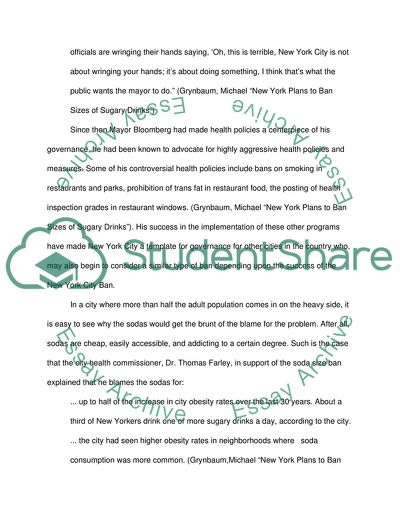Cite this document
(Debating the New York City Ban on Over Large Sodas Case Study, n.d.)
Debating the New York City Ban on Over Large Sodas Case Study. https://studentshare.org/sociology/1833982-nyc-ban-on-big-soda
Debating the New York City Ban on Over Large Sodas Case Study. https://studentshare.org/sociology/1833982-nyc-ban-on-big-soda
(Debating the New York City Ban on Over Large Sodas Case Study)
Debating the New York City Ban on Over Large Sodas Case Study. https://studentshare.org/sociology/1833982-nyc-ban-on-big-soda.
Debating the New York City Ban on Over Large Sodas Case Study. https://studentshare.org/sociology/1833982-nyc-ban-on-big-soda.
“Debating the New York City Ban on Over Large Sodas Case Study”. https://studentshare.org/sociology/1833982-nyc-ban-on-big-soda.


